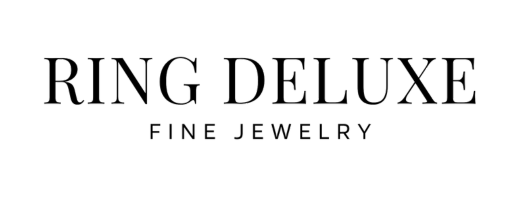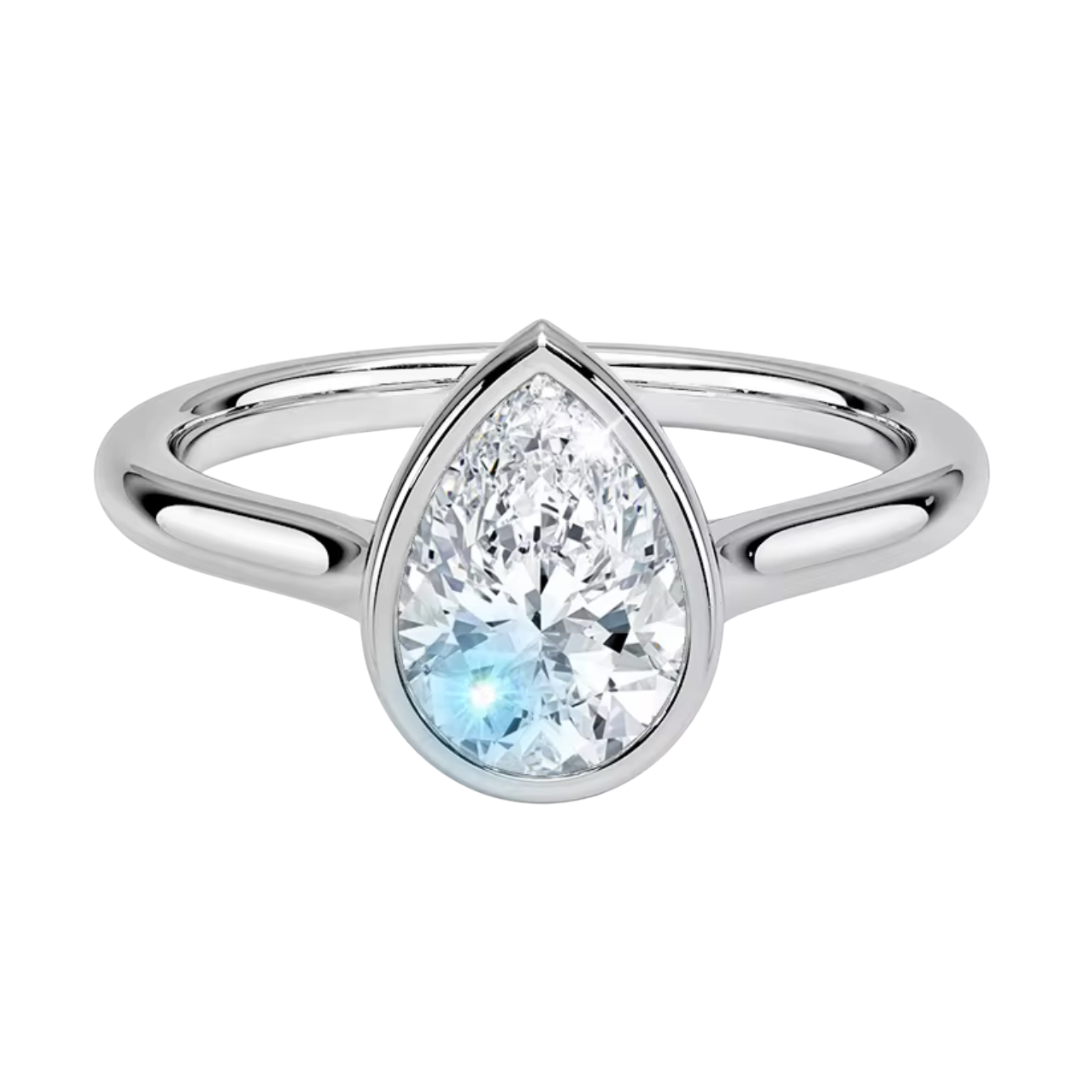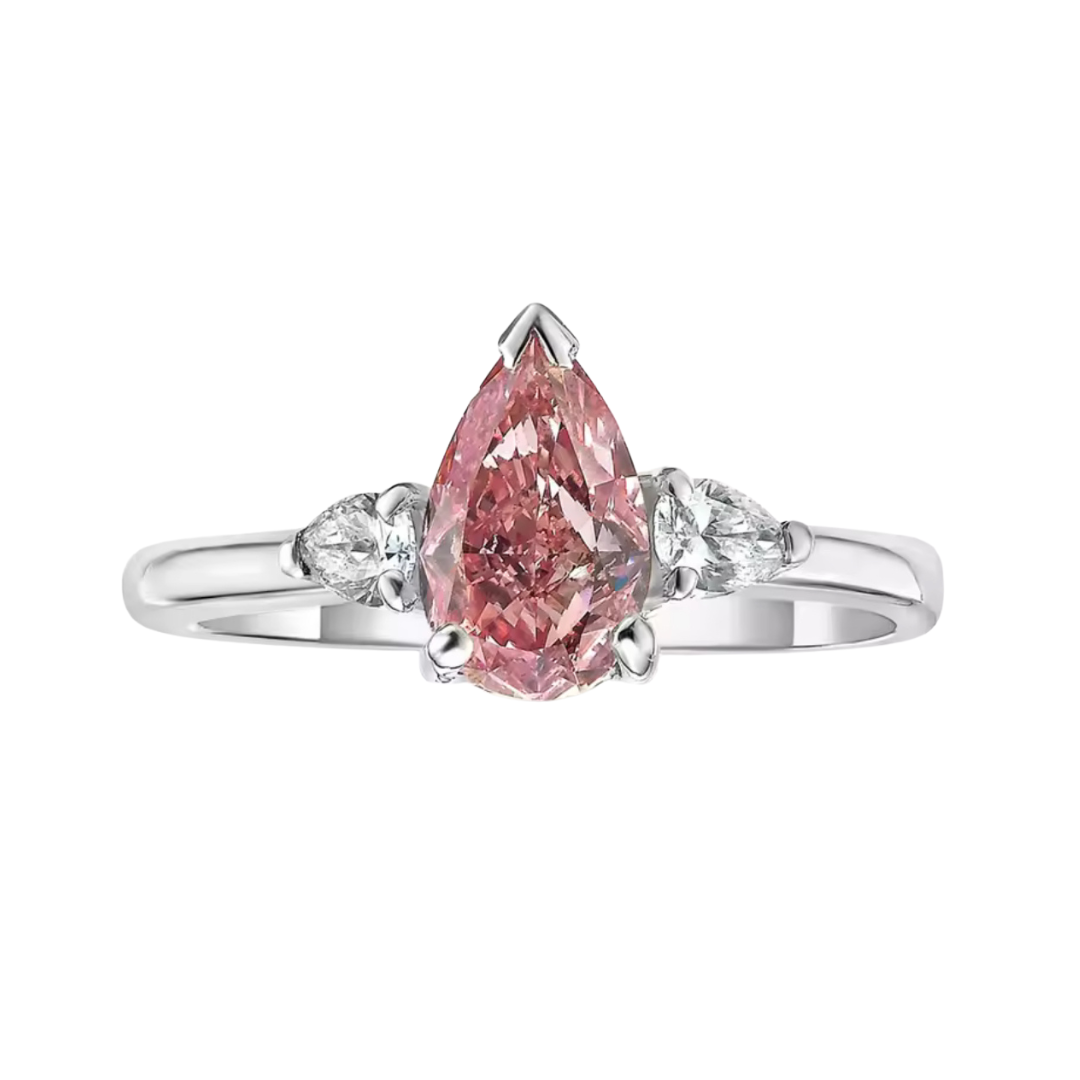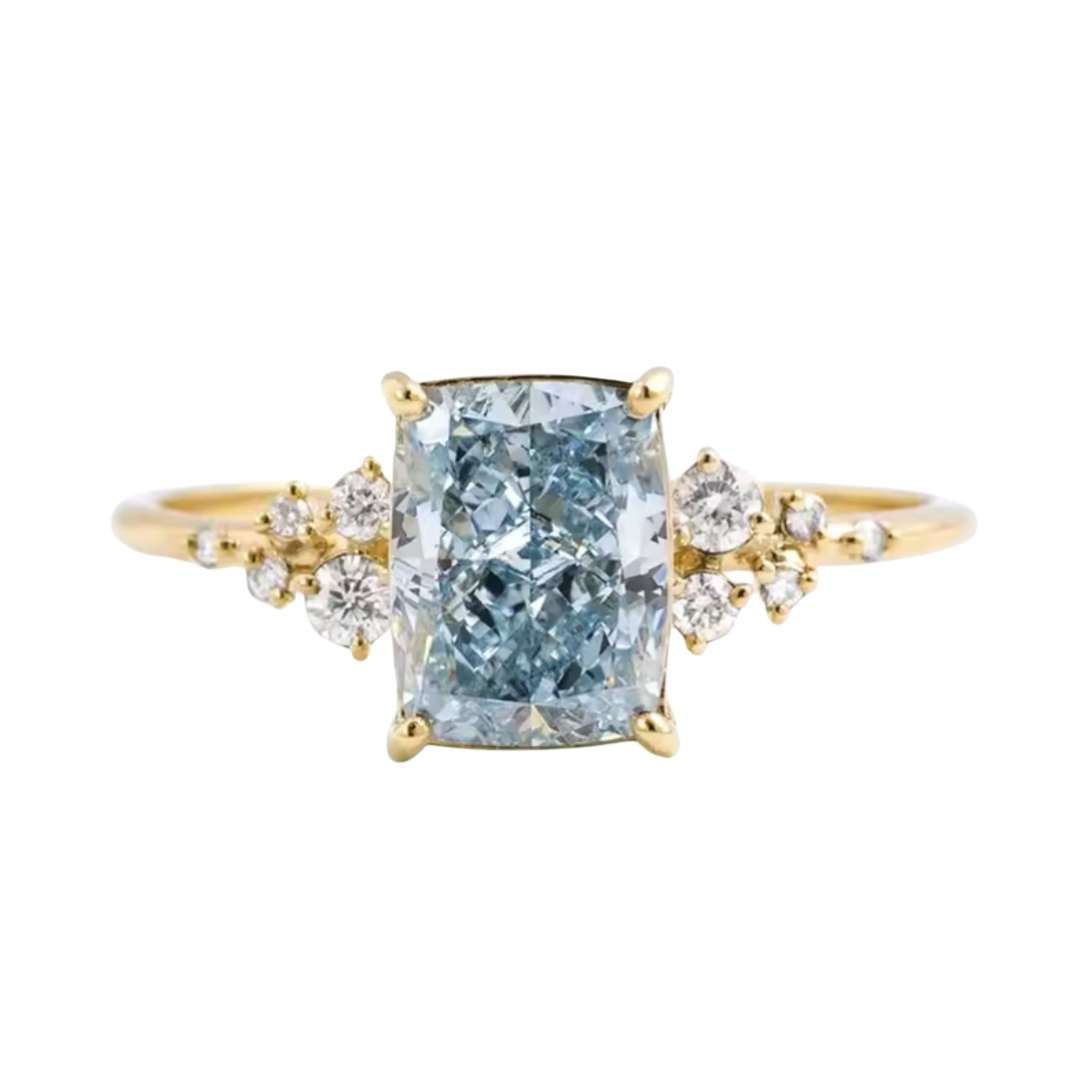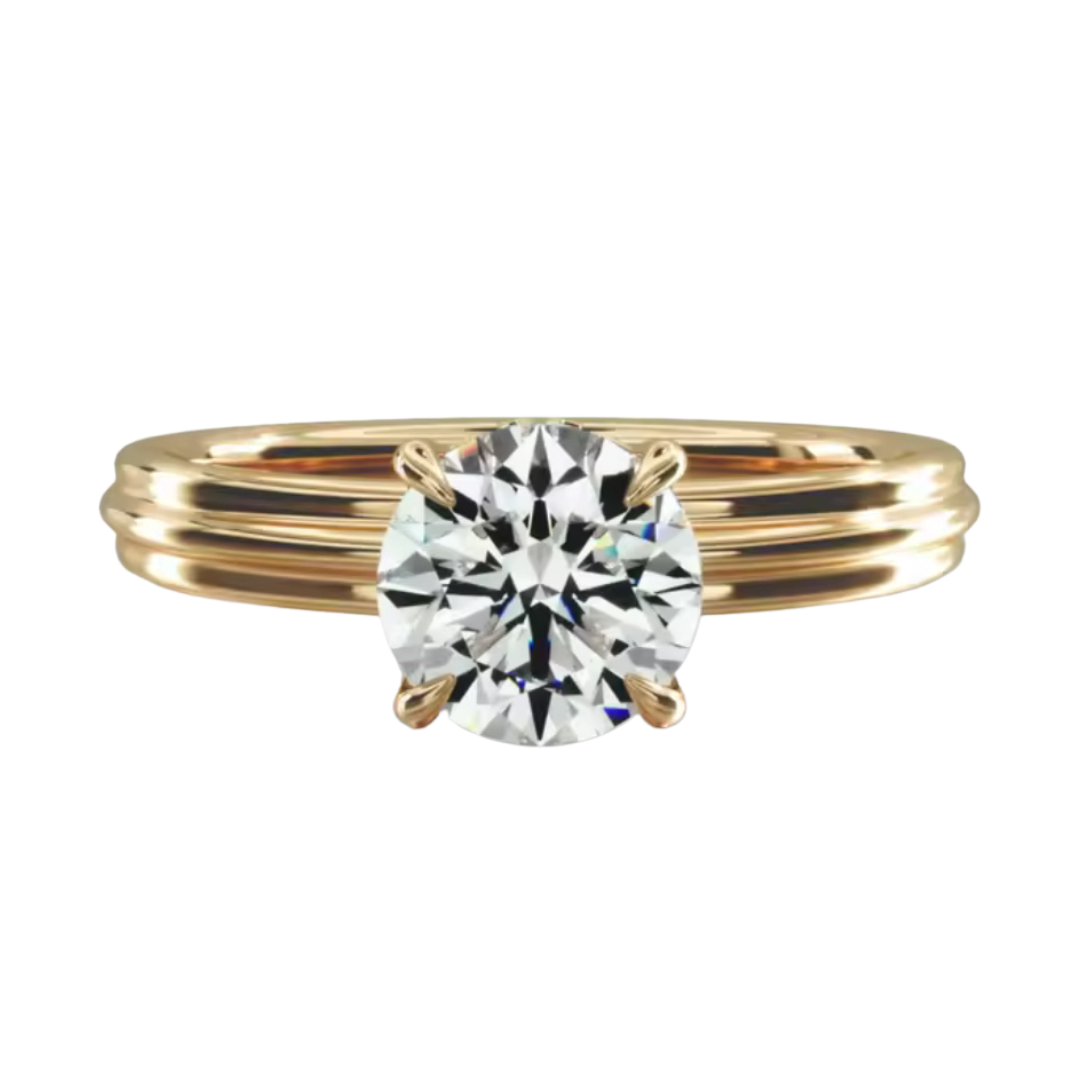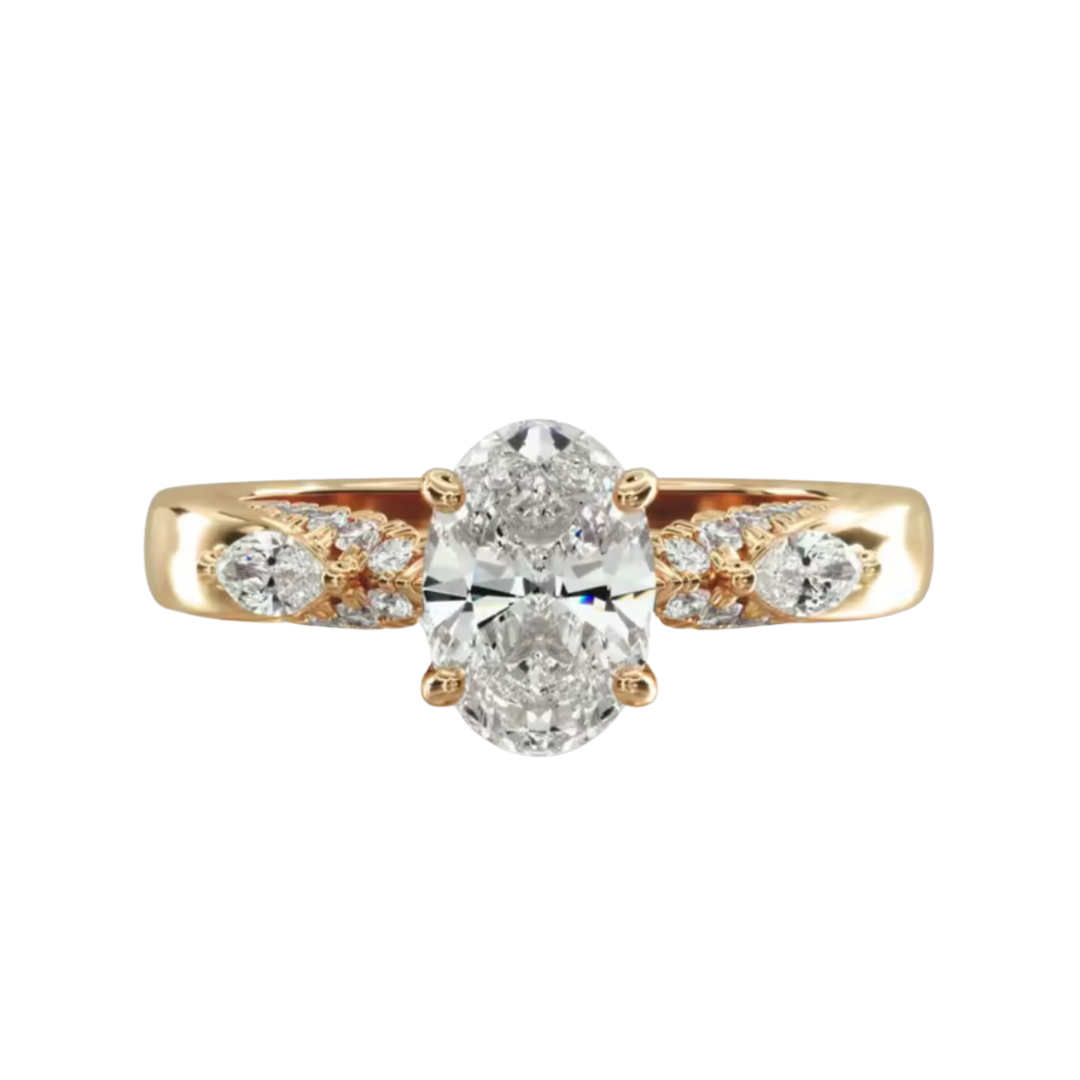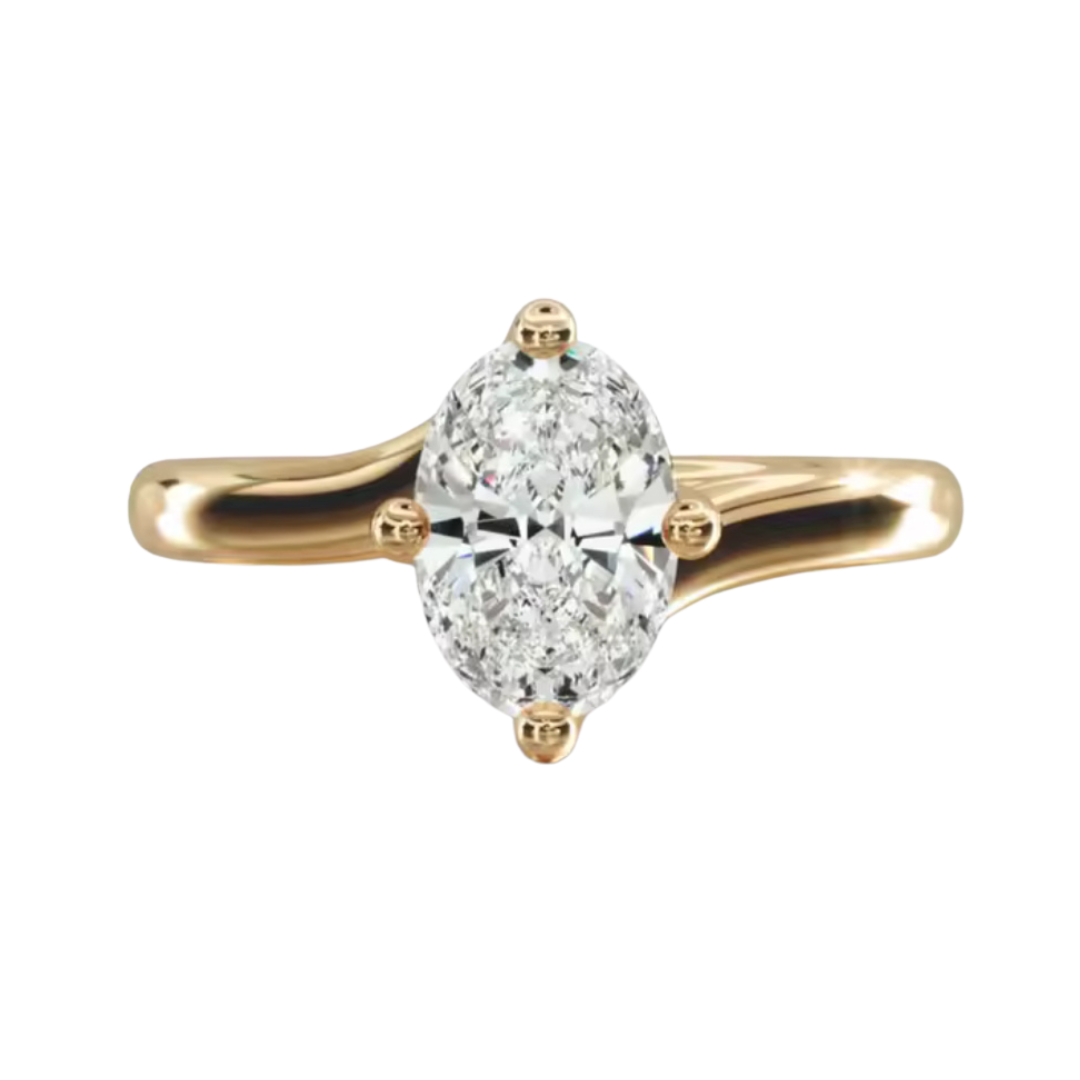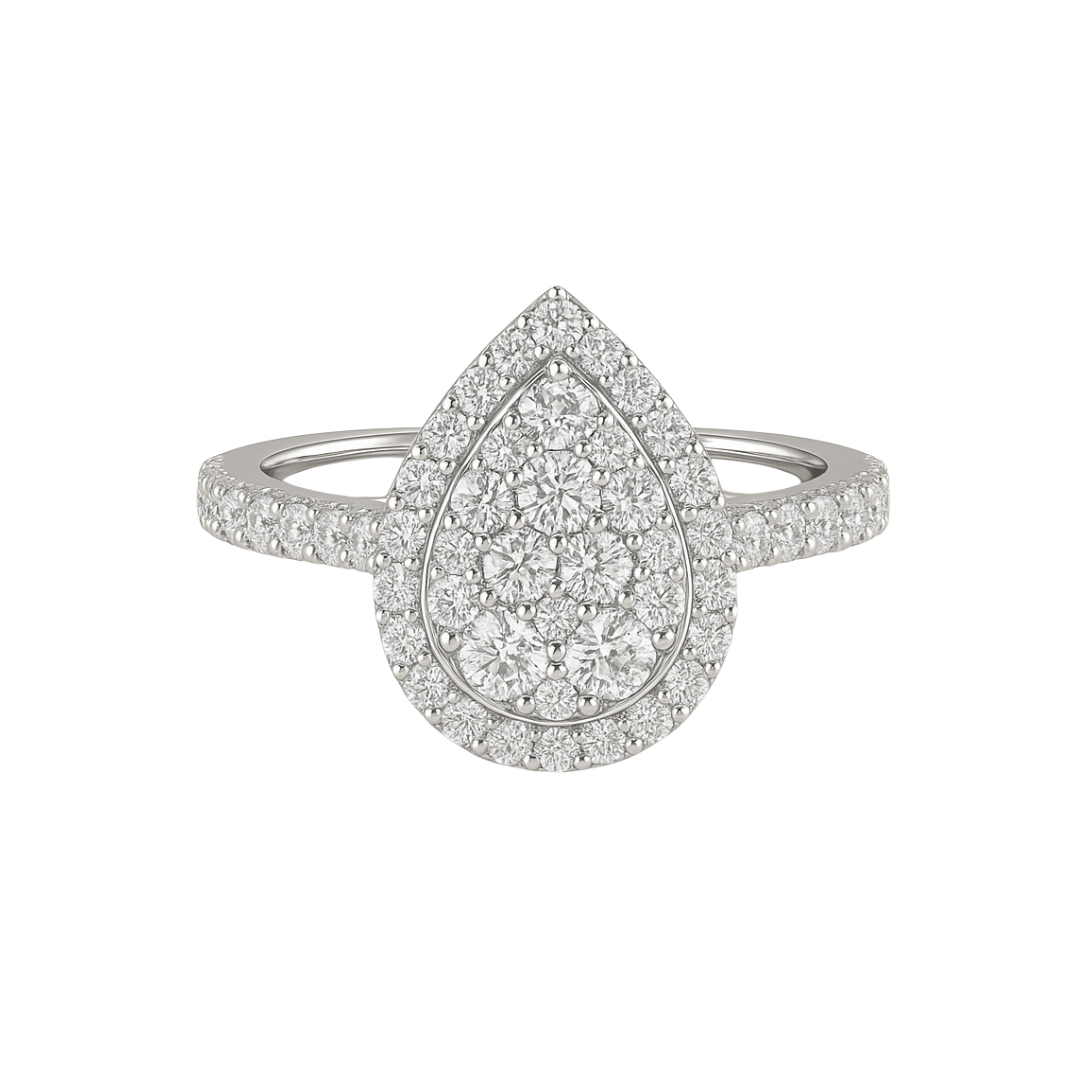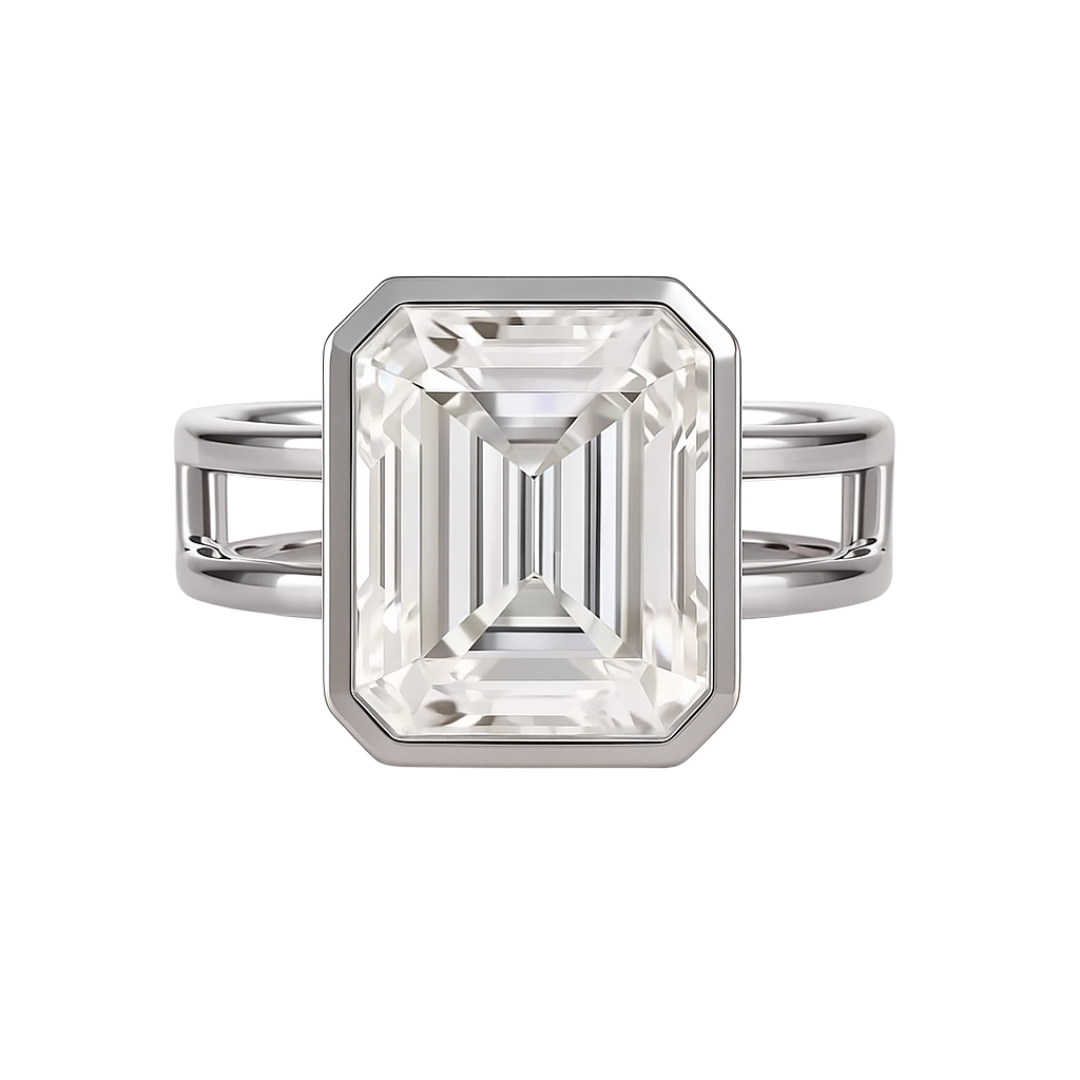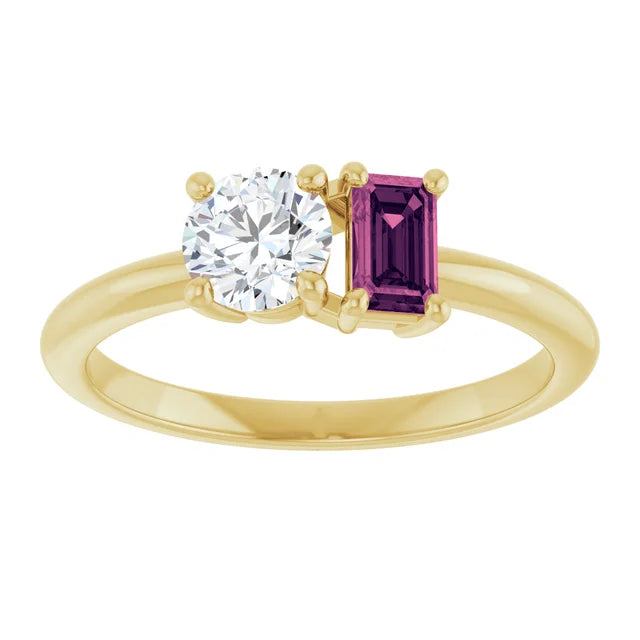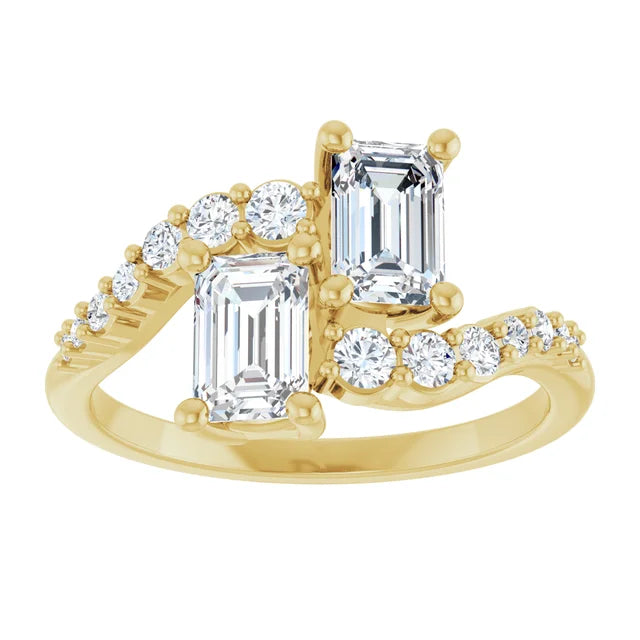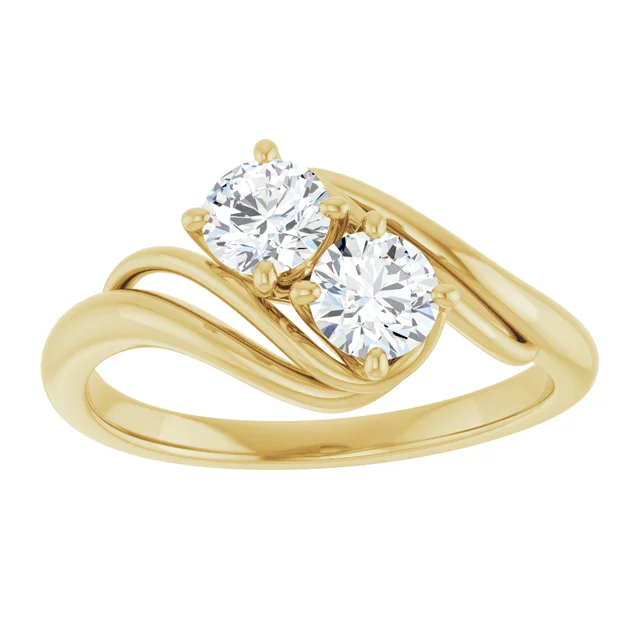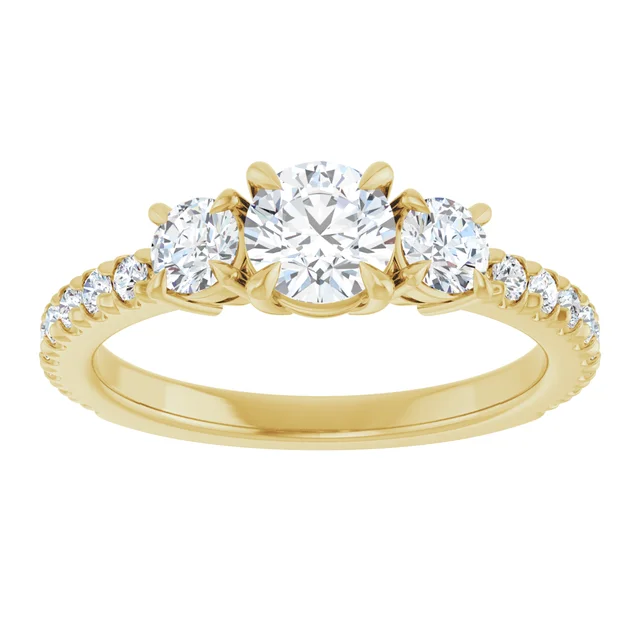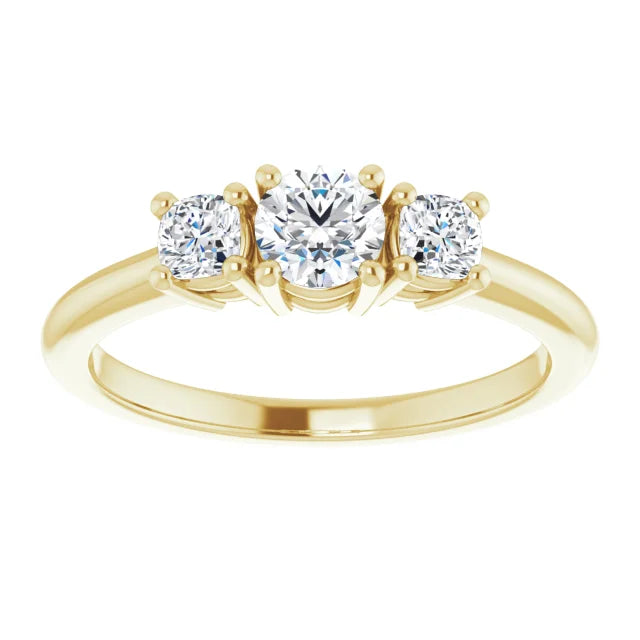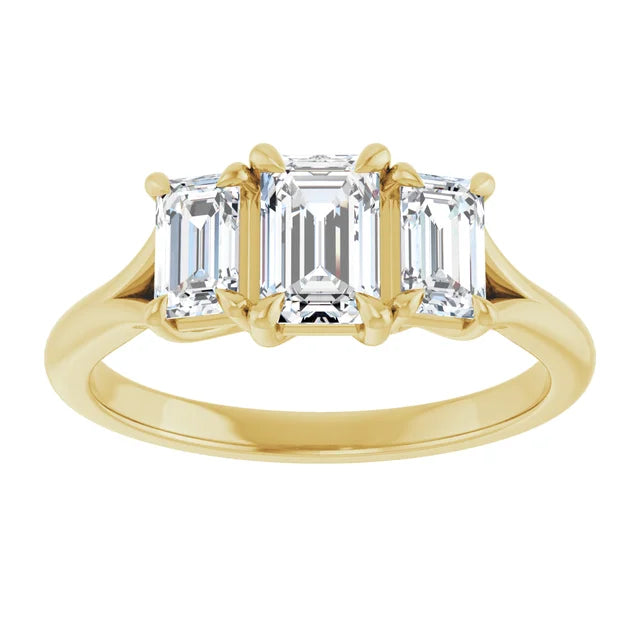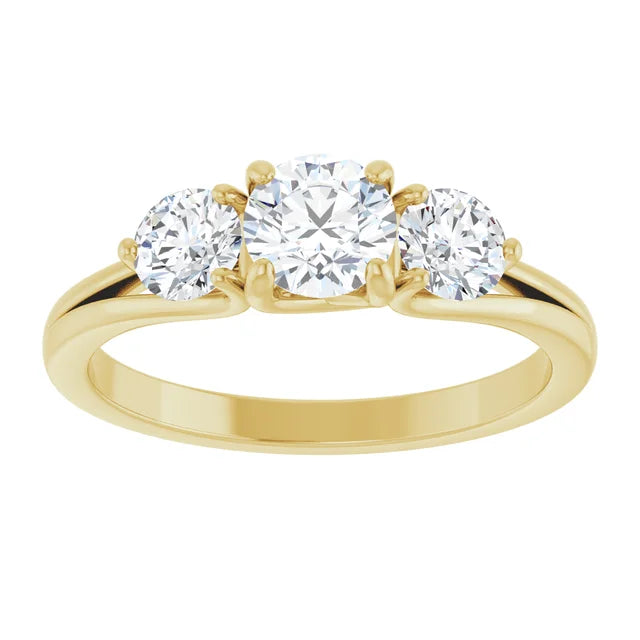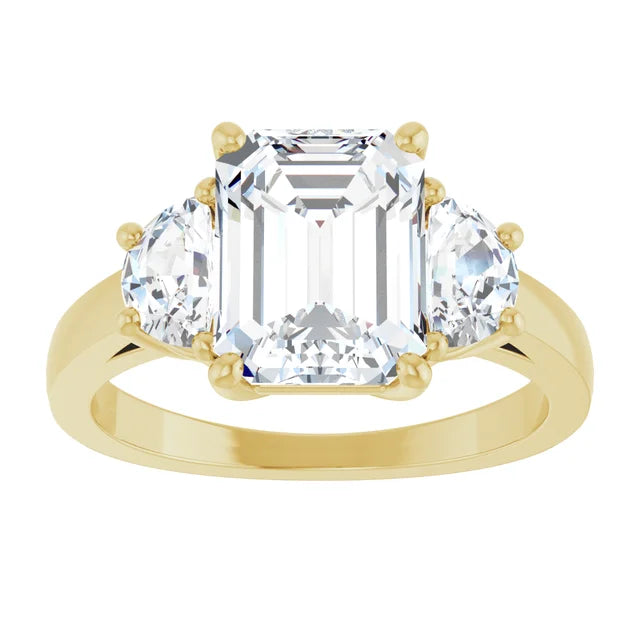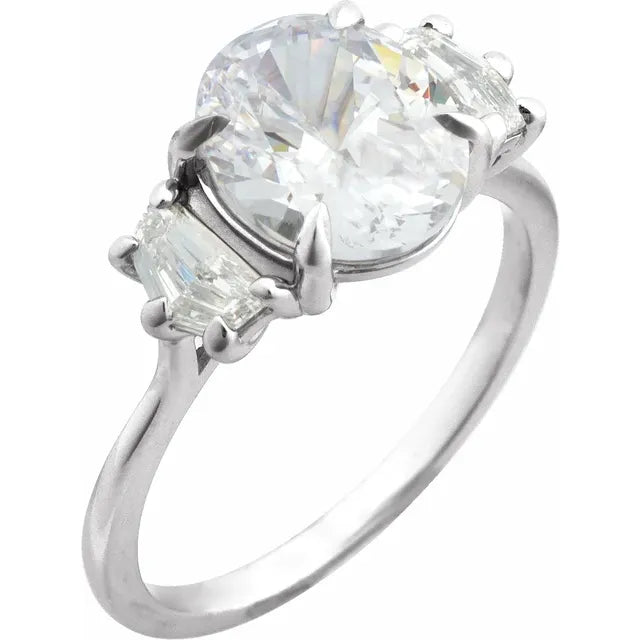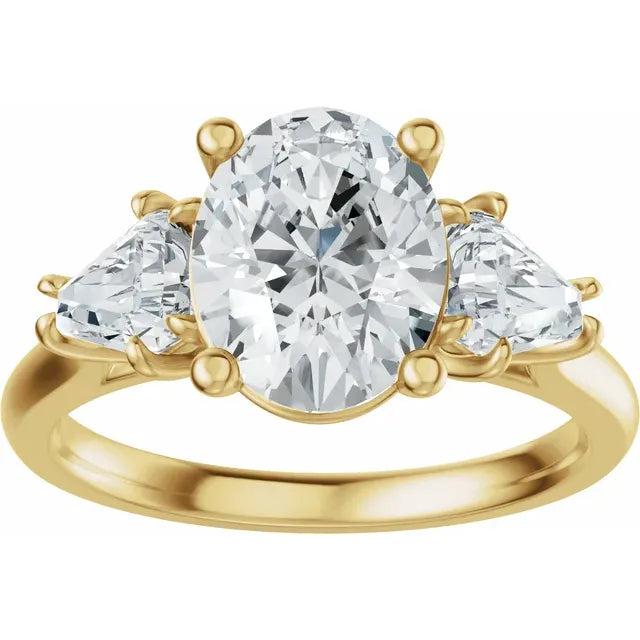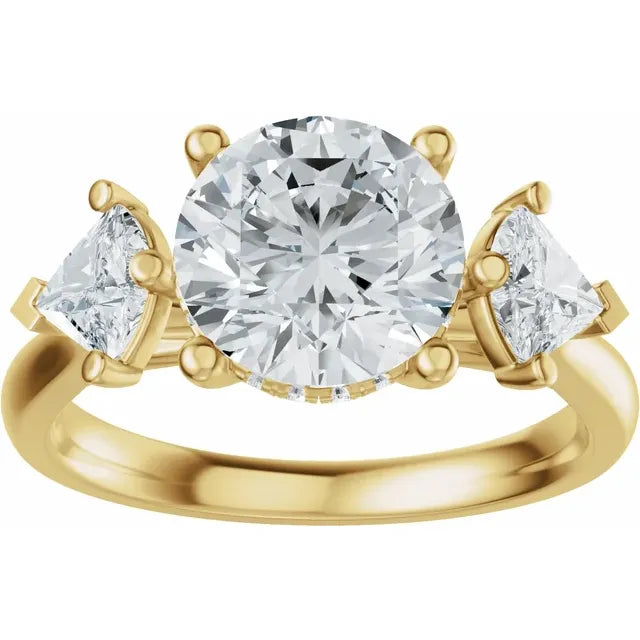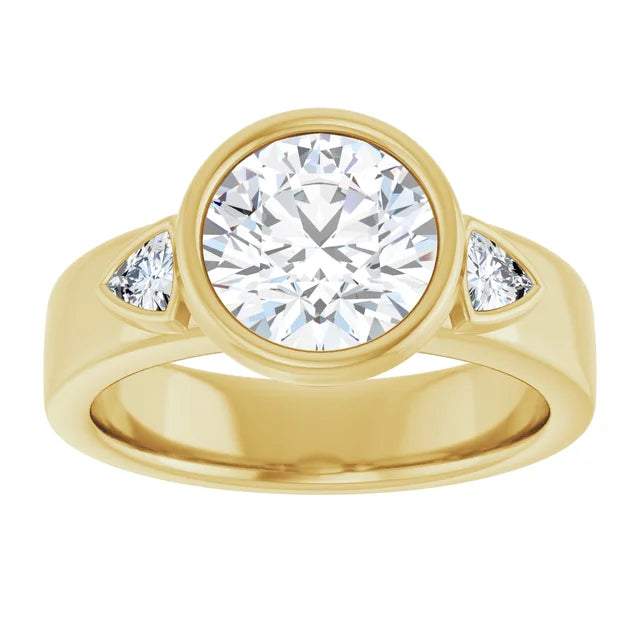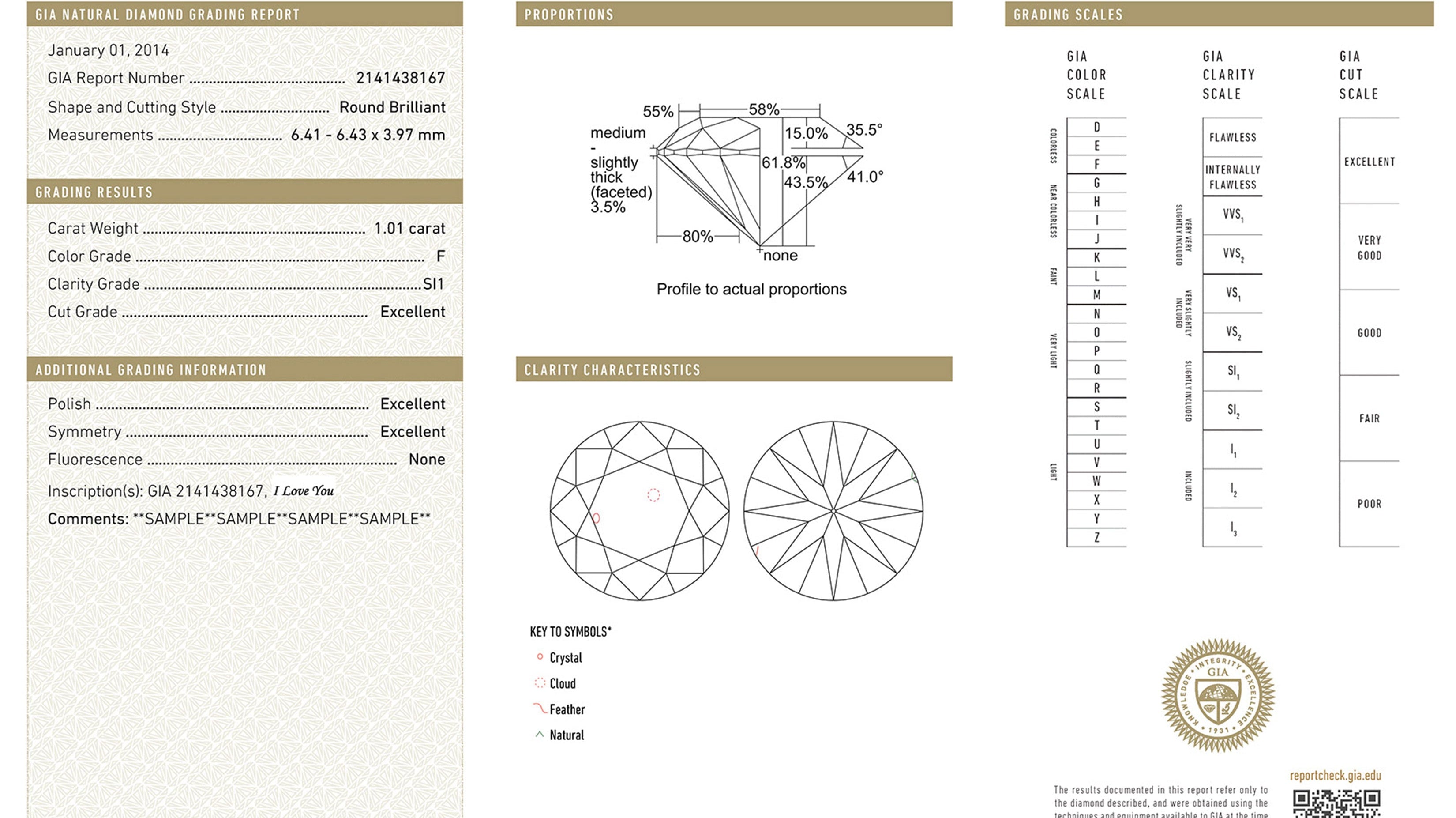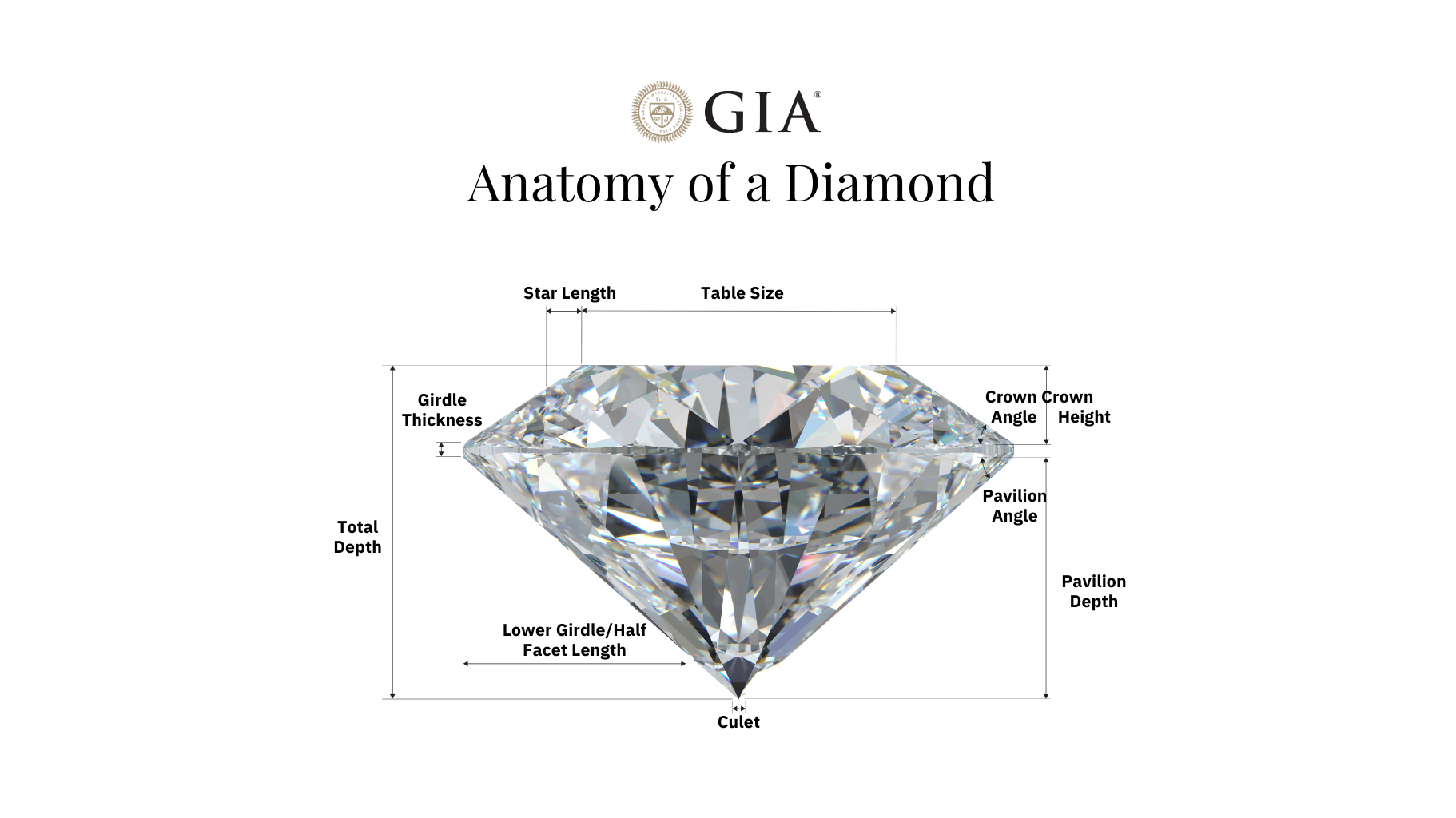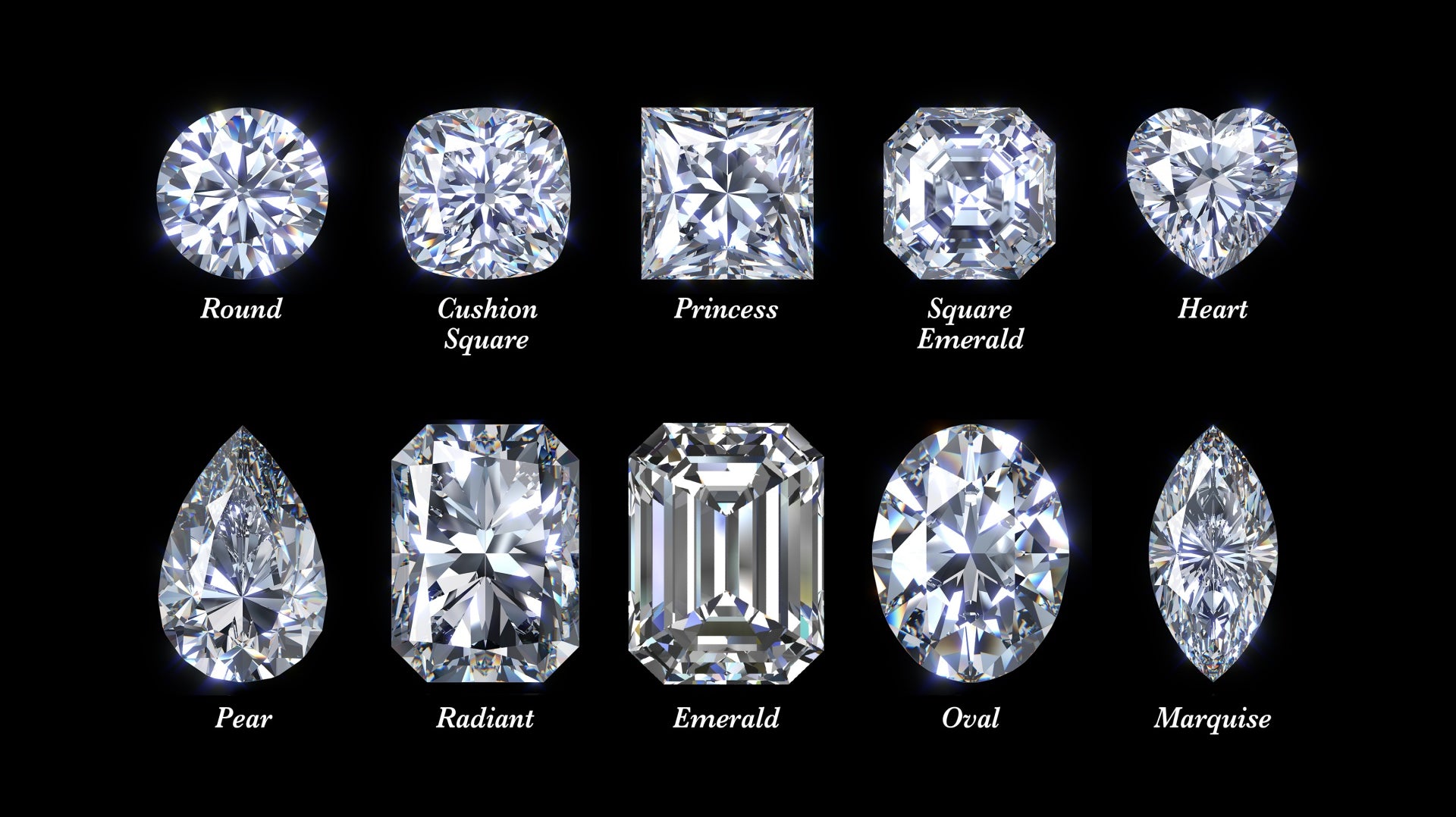4Cs of Diamonds—Cut, Color, Clarity, and Carat
Buying a diamond doesn’t have to be overwhelming. Understanding the 4Cs—Cut, Color, Clarity, and Carat—makes it easy to find the perfect one that suits your style and budget.
COLOR
Diamonds come in a range of colors, from completely colorless to faint yellow or brown. The color of a diamond is graded on a scale that ranges from D (colorless) to Z (light yellow or brown). The more colorless the diamond, the higher its value.
Tip: If you're looking for value, diamonds in the G-H range often look just as brilliant as colorless diamonds but are more affordable.
CLARITY
Clarity refers to the presence of internal or external imperfections, known as inclusions and blemishes. Every diamond is unique, and most diamonds have some form of imperfection, though they may not always be visible to the naked eye. Clarity is graded based on the number, size, and location of these imperfections.
CUT
The cut of a diamond is arguably the most important factor in determining its sparkle and brilliance. A well-cut diamond reflects light beautifully and creates stunning brilliance. The better the cut, the more it enhances the diamond's overall visual appeal.
Tip: Opt for a diamond with a Very Good or Excellent cut for maximum brilliance, regardless of its carat size.
CARAT
Carat refers to the weight of the diamond, and a diamond’s value increases as its carat weight increases. However, a diamond’s price isn’t solely determined by carat weight—cut, color, and clarity all contribute to its overall value..
Tip: When considering carat weight, balance it with the diamond’s cut, color, and clarity. Sometimes, slightly smaller carat diamonds can look just as large or even larger than a larger diamond, depending on the cut.
Scale Reference Chart
Your Perfect Diamond Awaits
Any of our stunning moissanite rings can be custom-set with a diamond upon request, allowing you to create the perfect piece tailored to your preferences.
